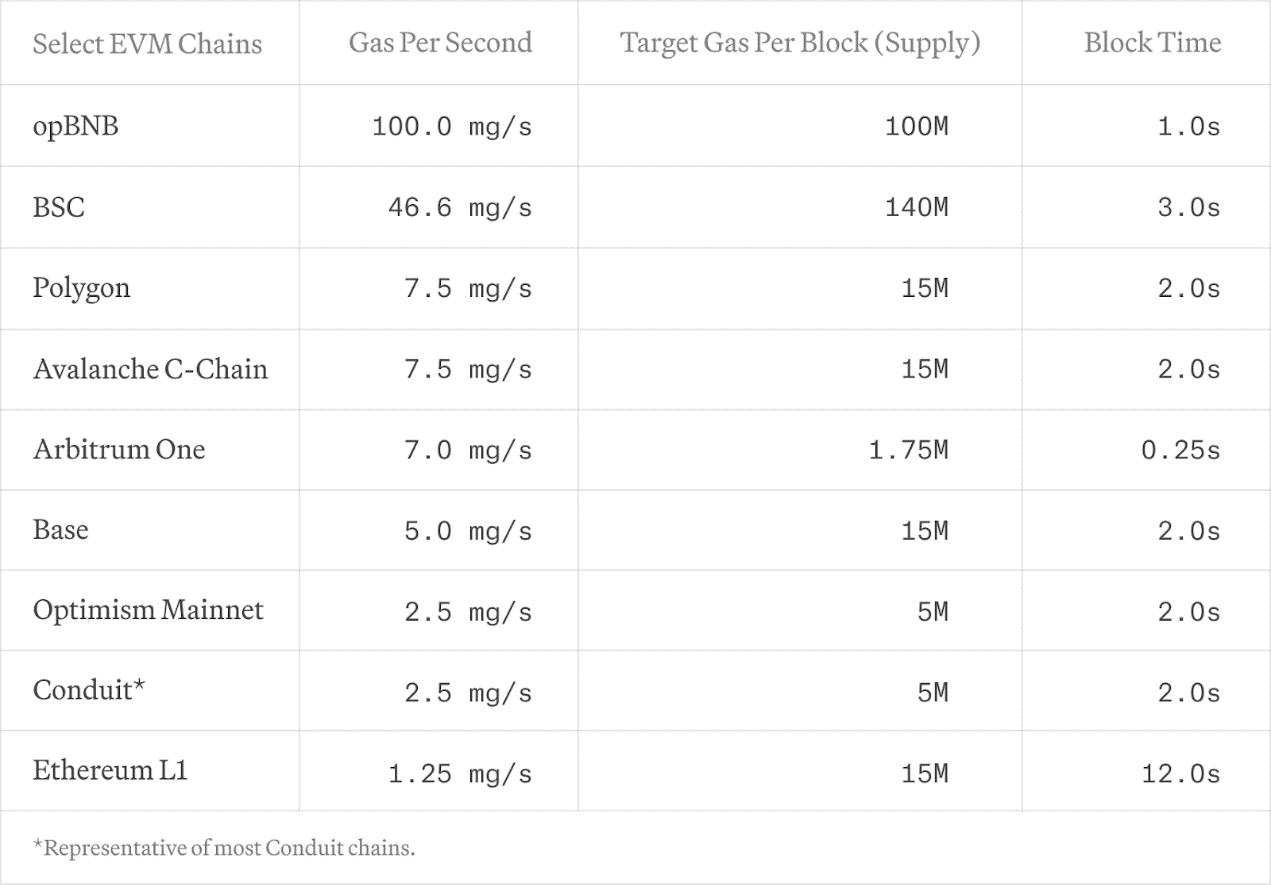Compilation: Felix, PANews
On June 27th, the developer of the new blockchain MegaETH, MegaLabs, completed a $20 million seed round of financing, with Dragonfly as the lead investor and participation from Figment Capital, Robot Ventures, Big Brain Holdings, and other companies. Angel investors include Ethereum co-founder Vitalik Buterin, ConsenSys founder Joseph Lubin, EigenLayer founder Sreeram Kannan, ETHGlobal co-founder Kartik Talwar, Helius Labs co-founder Mert Mumtaz, Santiago Santos, Hasu, and Jordan Fish (also known as Cobie). This round of financing adopts a structure of equity plus token warrants, which values MegaETH's fully diluted token at at least $100 million.
With such a luxurious lineup of financing, coupled with the fiercely competitive L1 track, what sets MegaETH apart? Can it reshape the L1 landscape in the future? This article will give you an insight into the matter.
Why Do We Need Another Blockchain?
Despite significant advancements in blockchain architecture greatly reducing the barriers to creating new chains (including L1s and L2s), resulting in the emergence of many new chains (currently over 50 L2 projects), simply creating more chains does not solve the scalability issues of blockchain. This is because each individual chain still imposes significant limitations on the dapps it hosts. For example, the table below shows the target gas per second and block time of mainstream EVM chains.

Table: Comparison of gas parameters of EVM chains in 2024 (Source: Paradigm)
The table clearly shows that existing EVM chains face significant limitations in several aspects:
- Low transaction throughput
- Inability to onboard complex applications due to insufficient computational capacity
- Applications requiring high update rates or fast feedback loops are not feasible within longer block times. Except for Arbitrum One, all chains in the table update state once per second.
What Sets the MegaETH Blockchain Apart?
The idea behind the MegaETH blockchain's existence is due to the fact that most EVM blockchains can only achieve a transaction volume (TPS) in the low hundreds per second, while MegaETH aims to achieve 100,000 TPS.
MegaETH claims to be the first "real-time blockchain" fully compatible with Ethereum. Real-time means that MegaETH can process transactions immediately and publish result updates in real-time. Additionally, MegaETH supports high transaction throughput and robust computational capacity to maintain a real-time experience even during peak user demand.
MegaETH achieves real-time performance using Ethereum security, Optimism's fault-tolerance system, and its own optimized sequencer.
Specifically, MegaETH's two key technologies—heterogeneous blockchain architecture and "super-optimized" EVM execution environment—help it achieve real-time transmission of 100,000 TPS. The heterogeneous blockchain architecture improves performance by allowing network nodes with different hardware configurations to specialize in specific tasks. The super-optimized EVM execution environment pushes throughput, latency, and resource efficiency to hardware limits.
Node Specialization
MegaETH concentrates performance-critical tasks such as transaction execution to a small group of sequencer nodes, while decentralizing block validation tasks on a large scale. This key architectural decision enables MegaETH to significantly improve network performance while minimizing hardware requirements for full nodes.
Real-time EVM
MegaETH introduces the first real-time EVM execution engine, capable of seamlessly processing a large number of transactions and reliably publishing resulting state changes at intervals as low as 10 milliseconds.
Memory Computing
MegaETH's sequencer stores the entire EVM world state and state tree in memory, resulting in a 1000x increase in state access speed compared to SSD-based systems. High-end servers with 1-4 TB of memory are readily available in the cloud, providing ample capacity for future state growth.
This technology, known as memory computing, is essential for high-performance, data-intensive Web2 applications. Due to node specialization, MegaETH is the first to introduce this cutting-edge technology to blockchain.
Smart Contract Compilation
MegaETH uses just-in-time (JIT) compilation to transparently convert smart contracts into native machine code. This technology eliminates the inefficiency of interpreting EVM bytecode and simulating stack machines, resulting in a 100x performance improvement for compute-intensive applications.
Super I/O Efficient State Trie
Maintaining the state tree is the biggest bottleneck for EVM-compatible blockchains due to intensive disk I/O operations. MegaETH has designed a new state Trie to replace the Merkle Patricia Trie (MPT), minimizing disk I/O and effectively scaling to TB-level state data while maintaining full EVM compatibility.
State Synchronization Protocol
MegaETH employs an efficient peer-to-peer protocol to propagate state updates from sequencers to full nodes, ensuring low latency and high throughput. This ensures that even nodes with poor network connections can stay synchronized with the latest state, even at update rates of 100,000 TPS.
MegaLabs Founding Team
According to the official website, MegaETH developer MegaLabs was founded in early 2023.
- CEO: Li Yilong, holds a Ph.D. in Computer Science from Stanford University and previously worked at software company Runtime Verification Inc.
- CTO: Yang Lei, Ph.D. from MIT
- CBO: Kong Shuyao, former Global Business Development Director at Consensys (Kong continues to serve as an advisor to Consensys)
- Growth Director: Namik Muduroglu, previously worked at Consensys and Hypersphere

It is worth noting that MegaETH's public testnet is expected to launch in early autumn, with the mainnet anticipated to go live by the end of the year. Whether the native token will be launched simultaneously with the mainnet is yet to be decided. Currently, fewer than 20 people are dedicated to MegaETH development, and the new funds will be used to build the blockchain, onboard developers, and grow the community. With its Chinese background, can the founding team of MegaETH become a "dark horse" in the L1 track? Let's wait and see.
Reference: MegaETH, The Block
Related Reading: Colosseum, an accelerator endorsed by Solana: Raised $60 million, which early projects did it support?
免责声明:本文章仅代表作者个人观点,不代表本平台的立场和观点。本文章仅供信息分享,不构成对任何人的任何投资建议。用户与作者之间的任何争议,与本平台无关。如网页中刊载的文章或图片涉及侵权,请提供相关的权利证明和身份证明发送邮件到support@aicoin.com,本平台相关工作人员将会进行核查。




